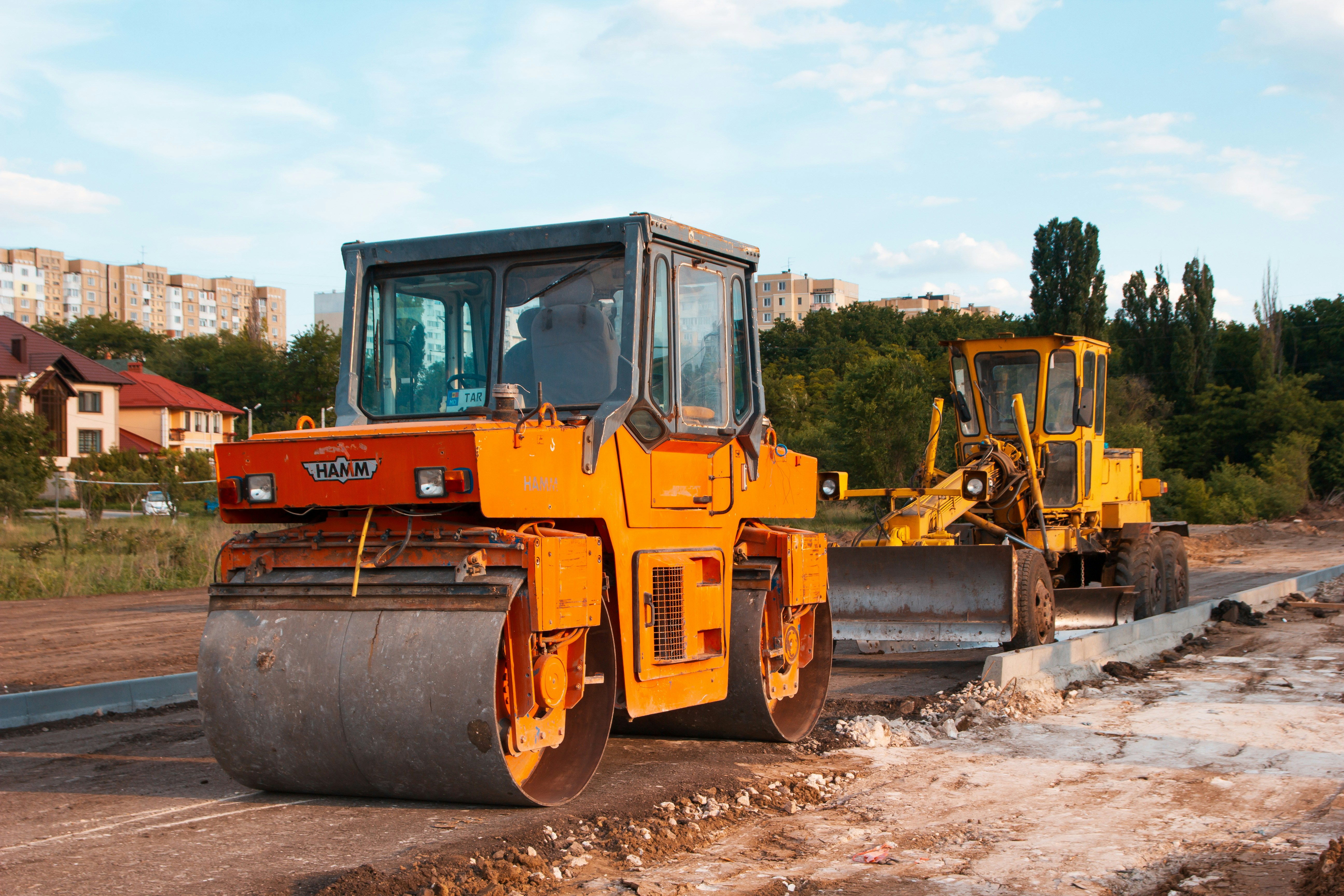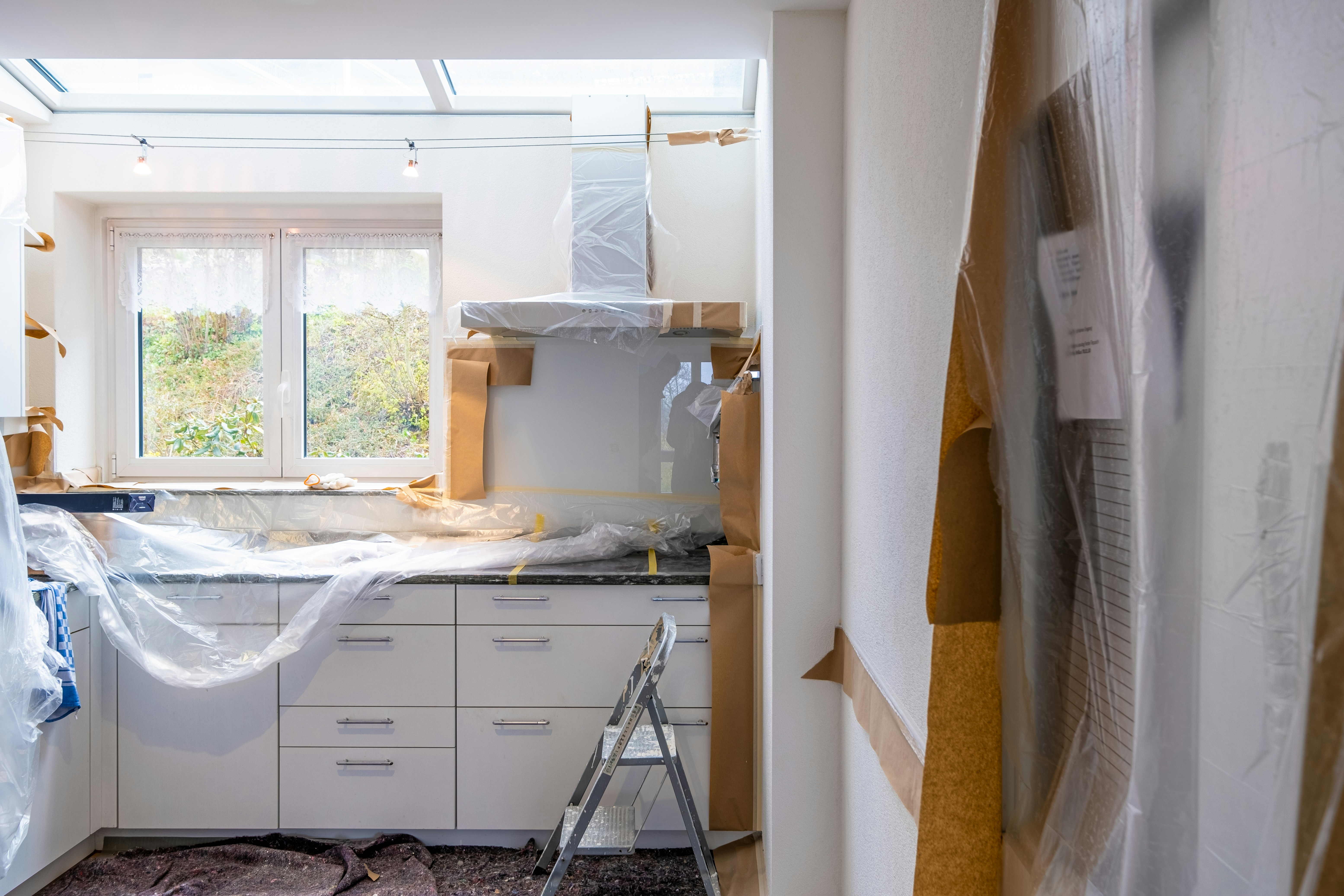Selecting the right materials for your home construction or renovation project is one of the most important decisions you'll make. The materials you choose will determine not only how your home looks, but also how it performs, how much maintenance it requires, and how it impacts the environment. This guide will help you navigate the complex world of construction materials, offering practical advice for making informed choices that align with your aesthetic preferences, functional requirements, budget constraints, and sustainability goals.
Key Considerations When Choosing Materials
Before diving into specific materials, it's important to understand the main factors that should influence your decision-making process:
Durability and Longevity
High-quality materials might cost more initially but can save money in the long run through reduced maintenance and replacement costs. Consider:
- How long the material is expected to last in your climate
- How it will withstand UK weather conditions (particularly moisture and temperature fluctuations)
- Resistance to common issues like rot, rust, warping, and fading
- Warranty periods offered by manufacturers
Aesthetics and Design Compatibility
Materials should complement your overall design vision and the architectural style of your home:
- Consider how materials work together in a cohesive scheme
- Think about regional vernacular and what fits contextually in your area
- Balance timeless appeal with contemporary trends
- Consider how materials will age and weather over time
Maintenance Requirements
Be realistic about the ongoing care different materials will need:
- Regular maintenance needs (cleaning, sealing, painting, etc.)
- Ease of repair if damage occurs
- Availability of replacement parts or materials in the future
- Your willingness and ability to perform required maintenance
Environmental Impact
Sustainable materials are increasingly important to UK homeowners:
- Embodied carbon (emissions associated with production and transportation)
- Renewability of resource
- End-of-life recyclability or biodegradability
- Effect on indoor air quality and health
- Energy efficiency implications
Budget Constraints
Cost considerations should include:
- Initial purchase price
- Installation costs (some materials require specialized labor)
- Long-term maintenance expenses
- Potential energy savings or tax incentives
- Impact on home value and resale potential
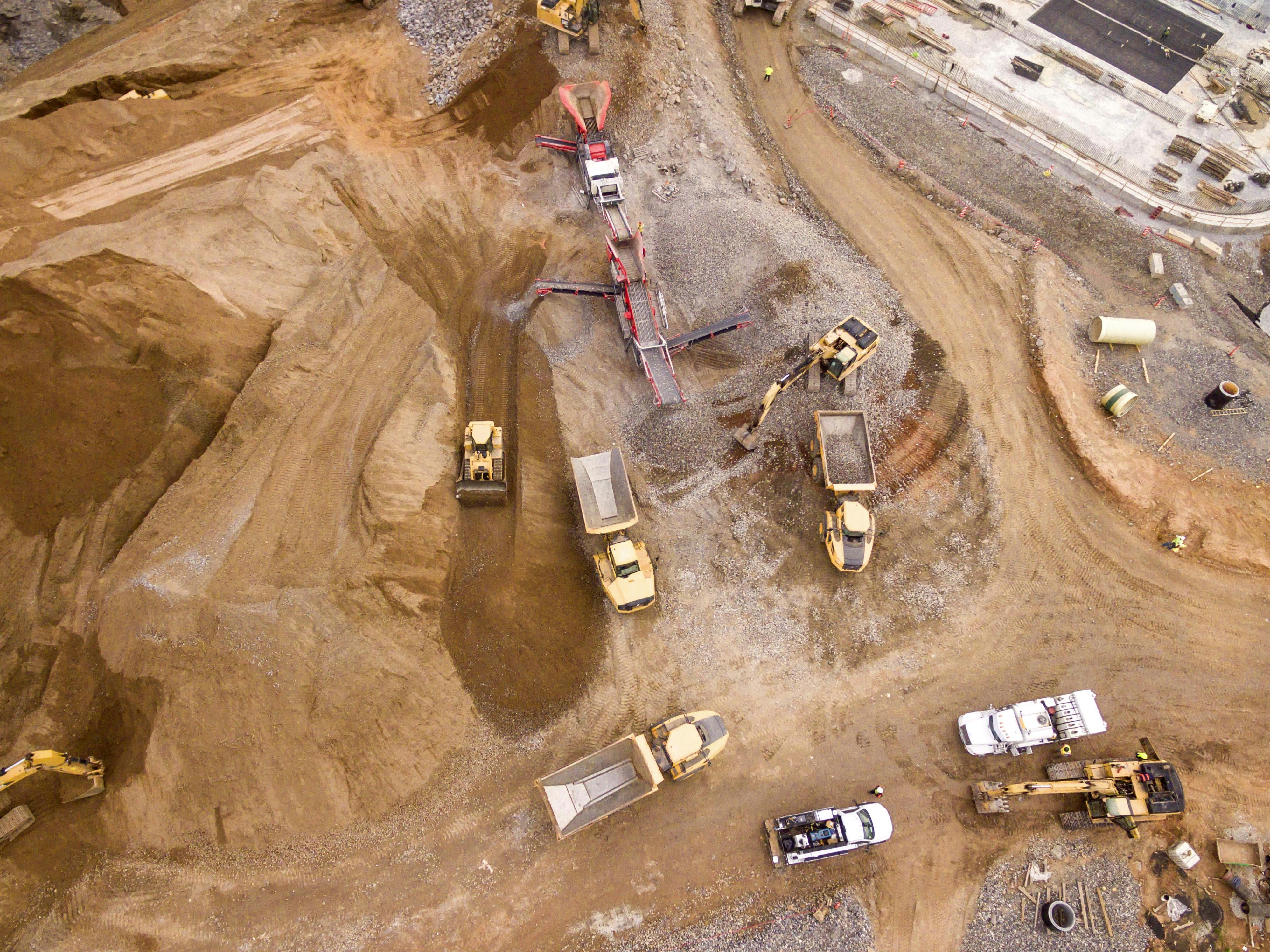 Quality materials form the foundation of a successful construction project
Quality materials form the foundation of a successful construction project
Structural Materials
The materials that form the skeleton of your home are perhaps the most critical choices you'll make:
Timber Frame
A traditional and widely used option in UK house construction:
- Pros: Renewable resource, good insulation properties, relatively quick to erect, flexible for design, lower carbon footprint than concrete or steel
- Cons: Requires protection from moisture and insects, fire resistance considerations, structural limitations for very large spans
- Best for: Low to medium-rise housing, extensions, rural settings, sustainable builds
- Sustainability note: Look for FSC or PEFC certification to ensure responsible sourcing
Masonry (Brick and Block)
The most common construction method in the UK:
- Pros: Excellent durability, good thermal mass, fire resistant, familiar to UK builders, low maintenance
- Cons: Slower construction time, higher labor costs, requires good foundations, less insulating than some alternatives
- Best for: Traditional UK homes, areas where planning favors brick aesthetic, homes requiring minimal maintenance
- Sustainability note: Consider reclaimed bricks or those with recycled content; some manufacturers now offer low-carbon alternatives
Structural Insulated Panels (SIPs)
A modern, energy-efficient construction system:
- Pros: Excellent insulation, airtight construction, quick to erect, reduced thermal bridging, precision manufactured
- Cons: Higher initial cost, requires specialized design and installation, less flexibility for on-site changes
- Best for: Energy-efficient projects, homes with modern aesthetic, self-builds where construction time is critical
- Sustainability note: Check the insulation type used in the panels; some are more environmentally friendly than others
Insulating Concrete Formwork (ICF)
A system combining concrete strength with insulation benefits:
- Pros: Exceptional strength, excellent insulation, good sound reduction, resistant to extreme weather
- Cons: Higher initial cost, requires specialist knowledge, higher embodied carbon
- Best for: Areas with extreme weather, basement construction, homes requiring high thermal performance
- Sustainability note: Look for systems using recycled materials in the formwork components
"The most sustainable building material is the one that's already been made. Whenever possible, we encourage clients to consider reclaimed materials that bring character while reducing environmental impact."
— James Wilson, Construction Manager at Britannia Builders
Exterior Cladding and Roofing
The outer skin of your home protects against the elements while defining its appearance:
Brickwork
The quintessential British exterior finish:
- Pros: Extremely durable, low maintenance, wide variety of colors and textures, good fire resistance, familiar to planning authorities
- Cons: Limited insulation value, higher cost than some alternatives, heavy (requires good foundation)
- Best for: Traditional aesthetics, areas where planning prefers local vernacular, homes where minimal maintenance is desired
- Options: Handmade, wire-cut, reclaimed, engineering bricks in various colors, bonds and mortar colors
Timber Cladding
Increasingly popular for its natural aesthetic:
- Pros: Natural appearance, renewable resource, relatively lightweight, good insulation properties
- Cons: Requires regular maintenance (unless modified timber), potential for weathering, fire resistance considerations
- Best for: Rural settings, contemporary designs, eco-homes, extensions
- Options: Cedar, larch, oak, thermowood, acetylated timber (like Accoya), various profiles and treatments
Render
A versatile finish available in many colors and textures:
- Pros: Cost-effective, various colors available, can cover different substrates, suitable for external insulation systems
- Cons: Can show dirt in polluted areas, may crack if not properly applied, requires maintenance in some environments
- Best for: Modern designs, retrofit insulation projects, covering mixed substrates
- Options: Traditional sand and cement, lime render, modern acrylic or silicone renders
Stone
A premium option with exceptional longevity:
- Pros: Extremely durable, beautiful natural appearance, excellent thermal mass, minimal maintenance
- Cons: High cost, heavy (requires substantial foundations), limited insulation value
- Best for: High-end projects, conservation areas, regions with local stone tradition
- Options: Natural stone (limestone, sandstone, granite), reconstituted stone, stone slips
Roofing Materials
The critical top layer protecting your home:
- Clay or Concrete Tiles: Traditional, durable (50+ years), various profiles available, good for typical UK pitches
- Natural Slate: Premium option, exceptional longevity (100+ years), elegant appearance, higher cost
- Metal Roofing: Lightweight, long-lasting, contemporary look, good for lower pitches, increasingly using recycled content
- Green Roofs: Living systems that improve insulation, manage rainwater, increase biodiversity, require appropriate structural support
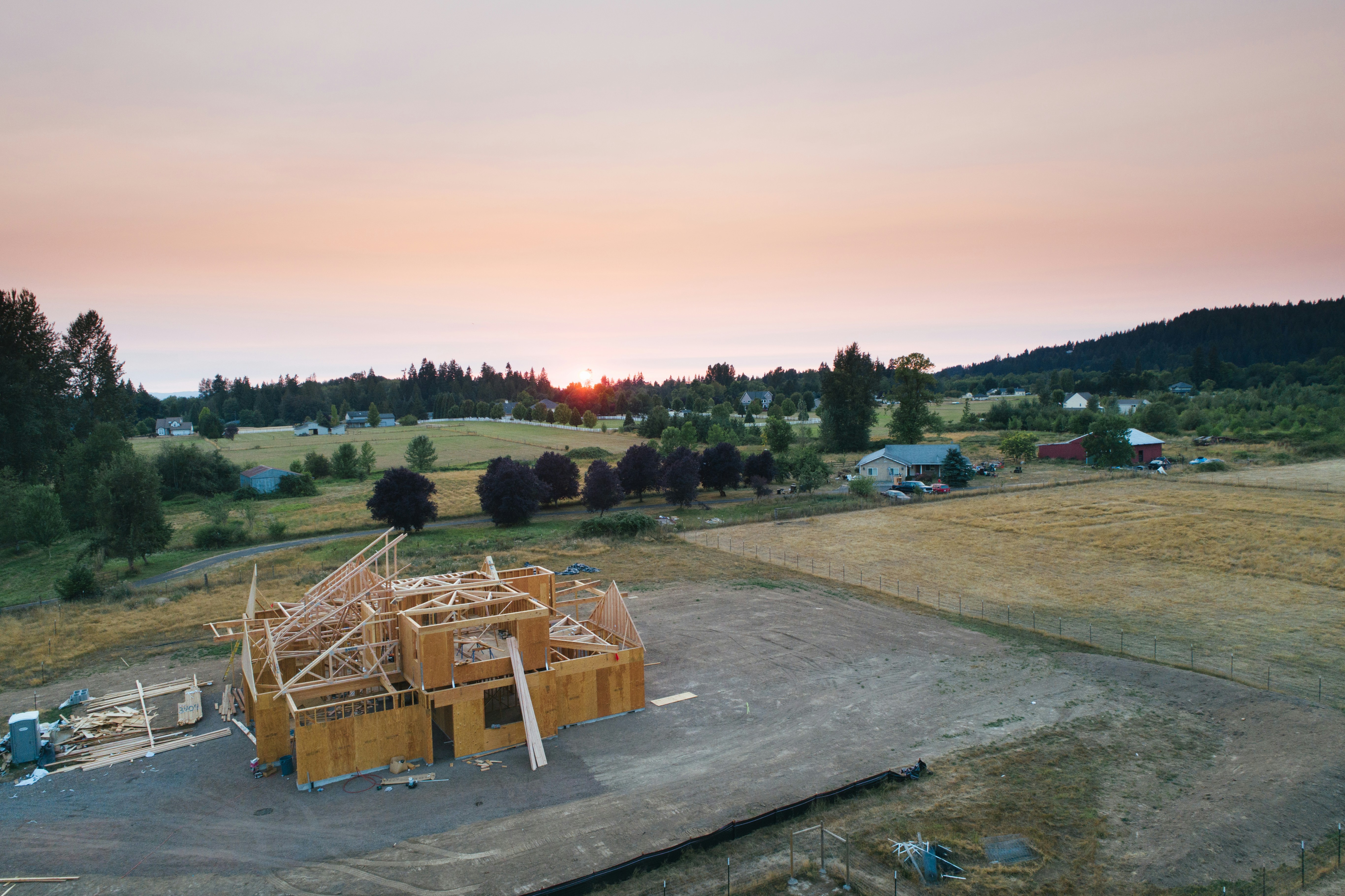 Careful material selection should begin at the design phase
Careful material selection should begin at the design phase
Insulation Materials
With energy efficiency a top priority, insulation choices significantly impact your home's performance:
Conventional Insulation
- Mineral Wool: Widely used, good fire resistance, moderate cost, decent acoustic properties, made from recycled materials
- Rigid Foam Boards: High thermal performance, moisture resistant, higher cost, petrochemical-based with higher embodied carbon
- Spray Foam: Excellent air-sealing properties, high R-value, fills irregular cavities, higher cost, installation requires professionals
Natural Insulation
- Sheep's Wool: Renewable, excellent moisture management, good acoustic properties, non-irritant, higher cost than mineral wool
- Wood Fibre: Renewable, good thermal mass, excellent summer comfort, recyclable, requires careful moisture management
- Cellulose: Made from recycled paper, good thermal and acoustic performance, low embodied carbon, requires careful installation
- Hemp and Flax: Renewable plant-based options with good moisture management and low environmental impact
When selecting insulation, consider not just the thermal performance (U-value) but also breathability, acoustic properties, fire safety, and environmental credentials. The best insulation strategy often combines different materials for different applications within the building.
Interior Finishes
The materials you encounter daily inside your home affect both aesthetics and well-being:
Flooring
- Solid Timber: Beautiful natural material, durable with proper care, can be refinished, warm underfoot, higher initial cost
- Engineered Timber: More stable than solid wood, suitable with underfloor heating, wide range of species and finishes
- Porcelain Tiles: Extremely durable, low maintenance, suitable for wet areas, excellent with underfloor heating, cold underfoot without heating
- Natural Stone: Unique character, excellent thermal mass, premium option, requires sealing, higher cost
- Luxury Vinyl Tile (LVT): Cost-effective, durable, wide range of designs, warm underfoot, improving environmental credentials
Wall Finishes
- Paint: Most versatile and cost-effective, wide color selection, easy to change, look for low-VOC options for better indoor air quality
- Wallpaper: Adds pattern and texture, more difficult to change, consider sustainability of materials used
- Timber Paneling: Adds warmth and character, good acoustic properties, renewable material, higher cost
- Tiles: Essential for wet areas, durable, easy to clean, wide range of designs, consider recycled content options
- Plaster Finishes: From smooth modern to textured traditional, natural lime plasters offer breathability and unique appearance
Joinery and Cabinetry
- Solid Wood: Traditional, durable, repairable, premium option, sustainably sourced hardwoods recommended
- Plywood: Stable, strong, increasingly available with sustainable certification, suitable for contemporary designs
- MDF: Cost-effective, smooth finish for painting, look for low-formaldehyde options, less durable in moisture-prone areas
- Reclaimed Timber: Character, eco-friendly, may require additional preparation, each piece unique
Windows and Doors
Critical components affecting energy efficiency, security, and aesthetics:
Window Frames
- Timber: Traditional, good insulation, renewable resource, requires maintenance, premium option
- Aluminum: Slim profiles for maximum glass, contemporary appearance, excellent durability, thermally broken systems required for energy efficiency
- Composite: Combining benefits of timber (interior) and aluminum (exterior), low maintenance, excellent performance, higher cost
- uPVC: Cost-effective, low maintenance, improving in aesthetic options, check sustainability credentials
Glazing
- Double Glazing: Minimum standard for new UK homes, various gas fills and coatings available to enhance performance
- Triple Glazing: Superior thermal and acoustic performance, higher cost, heavier units, increasingly common in high-performance homes
- Special Glass: Solar control, self-cleaning, acoustic, security, and decorative options available for specific requirements
Doors
- Solid Timber: Traditional, secure, good insulation if properly fitted, various designs available
- Composite: Excellent security and thermal performance, low maintenance, wide range of designs
- Aluminum: Slim profiles for glazed doors, excellent security, contemporary appearance
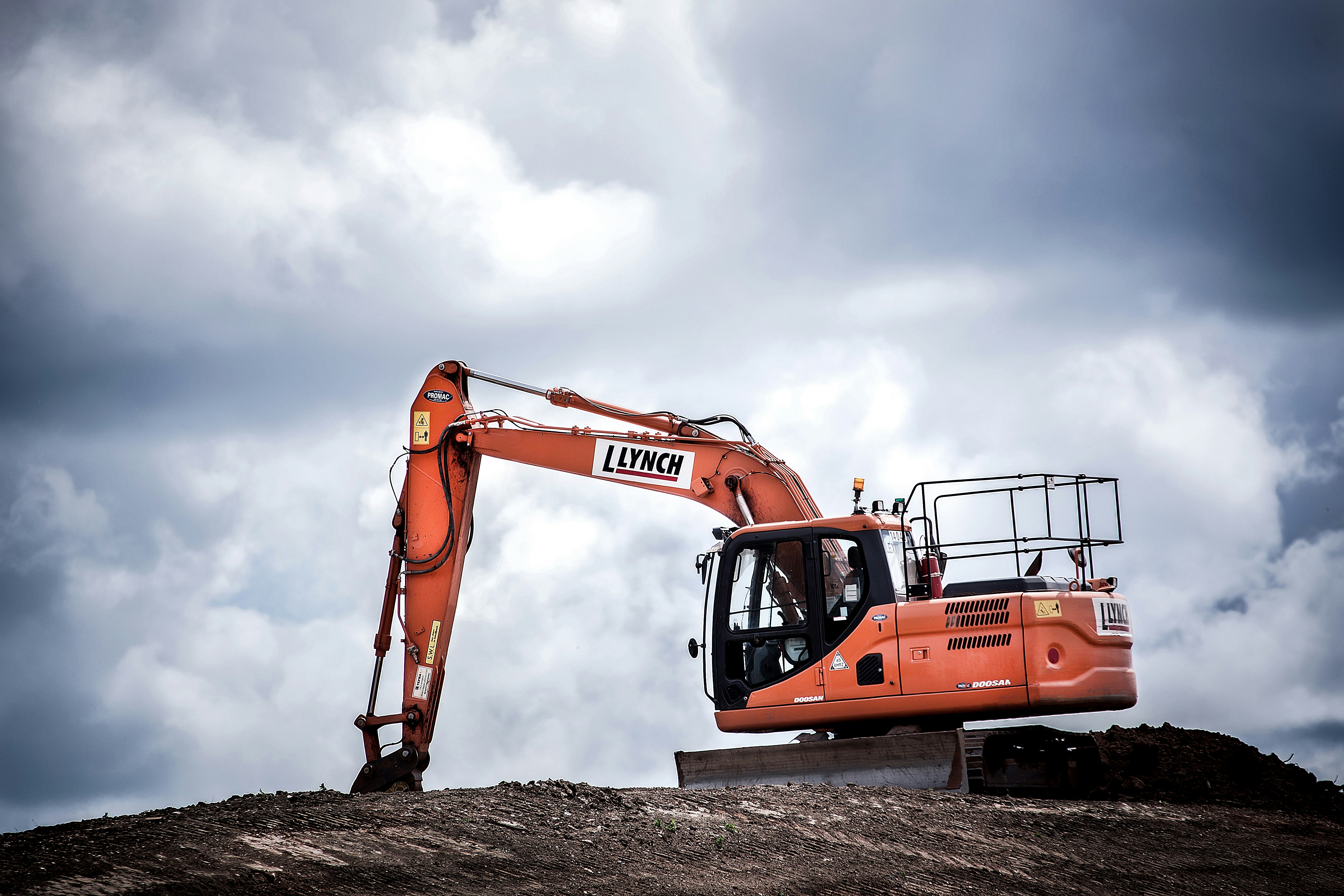 The right materials paired with skilled craftsmanship ensure quality results
The right materials paired with skilled craftsmanship ensure quality results
Balancing Different Factors in Material Selection
In reality, choosing materials involves balancing competing priorities. Here are some approaches to help:
Lifecycle Assessment
Consider the total environmental impact of materials across their entire lifecycle, from extraction and manufacturing to use and disposal. This approach helps identify materials that may have higher upfront costs but offer better long-term value and environmental performance.
Prioritizing Key Areas
Allocate your budget strategically by investing in high-quality materials for elements that:
- Are difficult or expensive to change later (structural elements, windows, insulation)
- Have the biggest impact on energy performance
- Are most visible and contribute significantly to aesthetics
- Will experience the most wear and tear
Consider Local Context
Materials that work well in one climate or setting may not be appropriate in another. UK-specific considerations include:
- Moisture resistance for our wet climate
- Local planning preferences and building traditions
- Available local materials that reduce transportation impacts
- Building regulations and performance standards
Working With Professionals
Expert guidance is invaluable when selecting materials:
- Architects can help balance aesthetic and technical requirements, ensuring materials work together in a cohesive design
- Builders with experience in the materials you're considering can provide practical insights about installation challenges and maintenance
- Sustainability consultants can advise on environmental credentials and performance characteristics
- Visit showrooms and completed projects to see materials in real-world applications
- Request samples to assess how materials look in your specific lighting conditions
At Britannia Builders, we work closely with our clients through each material selection decision, providing expertise based on our extensive experience with different materials across numerous UK construction projects.
Conclusion
Choosing the right materials for your home construction or renovation is a complex process that benefits from careful consideration and expert guidance. By understanding the properties, benefits, and limitations of different options, you can make informed decisions that align with your priorities—whether they're aesthetic, financial, practical, or environmental.
Remember that the best choices often involve compromise and balance. A thoughtful approach to material selection will result in a home that not only looks beautiful but performs efficiently, ages gracefully, and reflects your values.
We invite you to contact our team at Britannia Builders to discuss how we can help you navigate material choices for your specific project, drawing on our extensive experience in UK residential construction and renovation.

